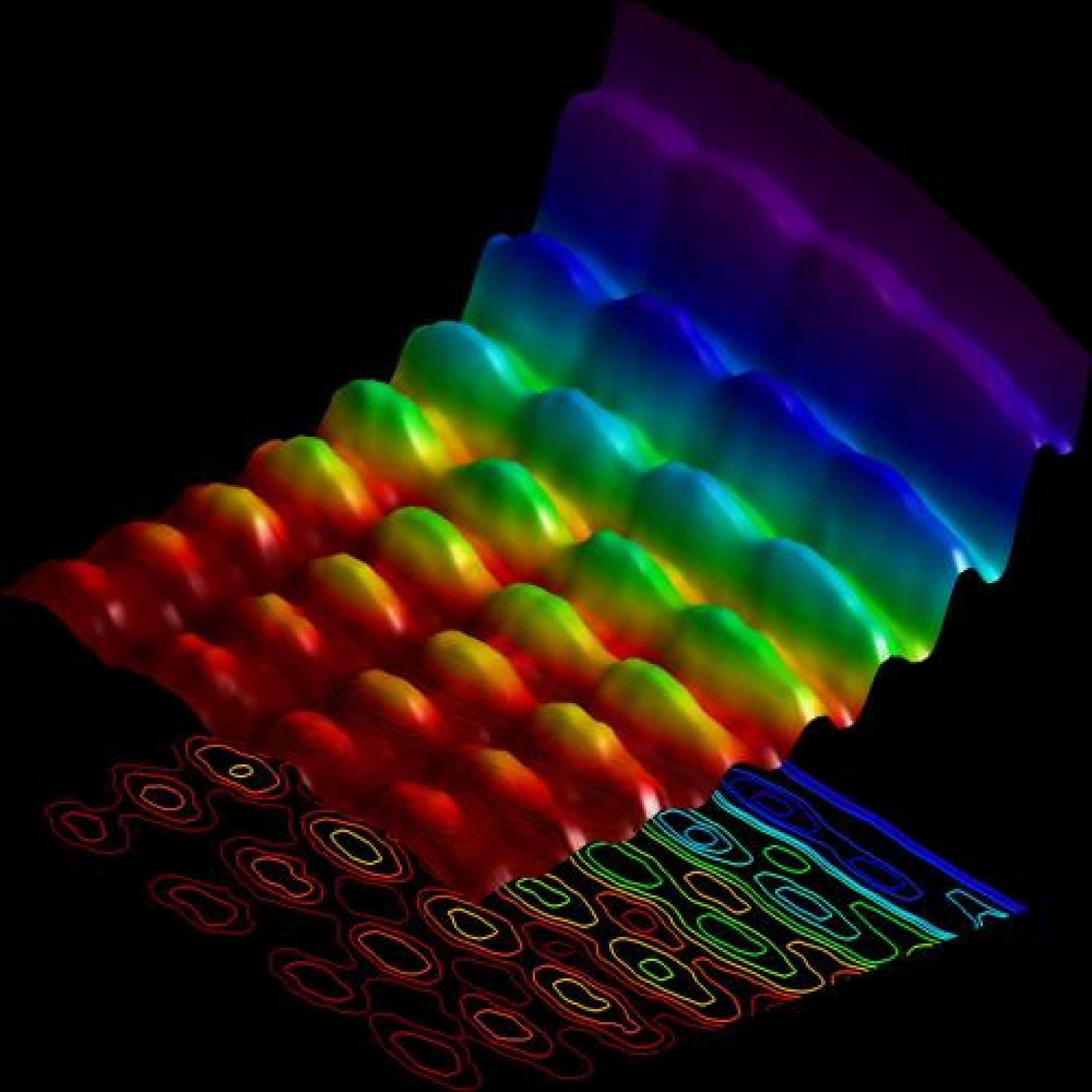We reach more than 65,000 registered users in Dec!! Register Now

First ever snapshot of the dual nature of light
- March 04, 2015
- 1535 Views
- 0 Likes
- 0 Comment
Quantum mechanics, the physics of subatomic particles, tells us that light can behave simultaneously as a particle or a wave. But there has never been an experiment able to capture both natures of light at the same time; the closest we have come is seeing either wave or particle, but always ...
Quantum mechanics, the physics of subatomic particles, tells us that light can behave simultaneously as a particle or a wave.
But there has never been an experiment able to capture both natures of light at the same time; the closest we have come is seeing either wave or particle, but always at different times.
Taking a new approach, scientists now say they have managed to take the first snapshot of light behaving in both ways.
The results are published in the journal Nature Communications.
When ultraviolet light hits a metal surface, it knocks electrically charged bits of atoms, called electrons, out of the surface. Albert Einstein explained this “photoelectric” effect by proposing that light-thought to only be a wave-is also a stream of particles.
A variety of experiments since then have successfully observed both the particle- and wave-like behaviors, without capturing both at the same time.
In the new work, researchers led by Fabrizio Carbone at Ecole Polytechnique FédĂ©rale de Lausanne in Switzerland carried out an experiment with a twist: using electrons to image light.
The experiment is set up like this. A pulse of laser light is fired at an extremely thin wire, or “nanowire.” The laser adds energy to the charged particles in the nanowire, causing them to vibrate. Light travels along this tiny wire in two possible directions, like cars on a highway. When waves traveling in opposite directions meet each other they form a new wave that looks like it is standing in place.
This standing wave becomes the source of light for the experiment, radiating around the nanowire.
Having done this, the scientists next shot a stream of electrons close to the nanowire, using them to image the standing wave. As the electrons interacted with the confined light on the nanowire, the electrons either sped up or slowed down, the researchers explained. Using an ultrafast microscope to image where this change in speed occurred, Carbone's team could now “see” the standing wave, which acts as a fingerprint of the wave-nature of light.
But this sighting demonstrated the particle aspect as well, the scientists maintain. As the electrons pass close to the standing wave of light, they “hit” the light's particles, called photons. This makes them move faster or slower. This change in speed appears as an exchange of energy “packets” called quanta between electrons and photons. The very occurrence of these energy packets shows that the light on the nanowire behaves as a particle, according to the investigators.
“This experiment demonstrates that, for the first time ever, we can film quantum mechanics-and its paradoxical nature-directly,” said Carbone. The work's importance can extend to future technologies, he added: “Being able to image and control quantum phenomena at the nanometer scale like this opens up a new route towards quantum computing,” or ultrafast computers that exploit quantum effects.
Source : http://www.world-science.net/
Cite This Article as
No tags found for this post









